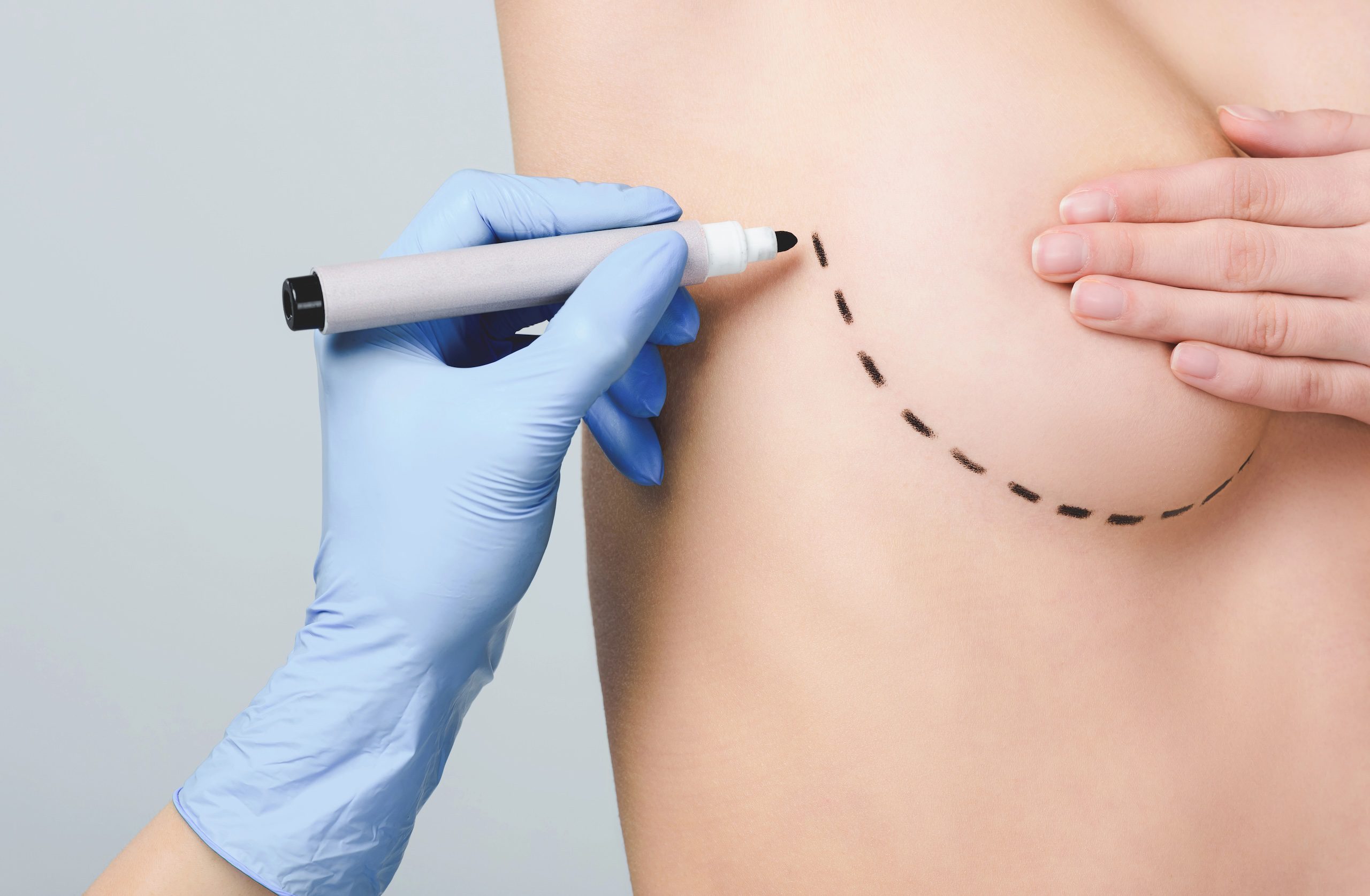Fax: 770-339-9804
Lawrenceville, Georgia 30046

Breast reconstruction is a critical aspect of the recovery journey for many women who undergo mastectomy due to breast cancer. One of the advanced techniques in breast reconstruction is Direct to Implant (DTI) breast reconstruction. This method offers numerous benefits, including fewer surgeries and a quicker return to normal activities. Let’s dive deep into understanding DTI breast reconstruction, its benefits, procedure, and considerations.
Direct to Implant breast reconstruction, also known as one-stage reconstruction, involves placing a breast implant immediately after mastectomy. This technique eliminates the need for a tissue expander, commonly used in traditional two-stage reconstruction procedures.
The DTI breast reconstruction procedure is typically performed by a breast surgeon.
Here’s a step-by-step outline of the procedure:
While DTI breast reconstruction offers numerous advantages, it’s essential to consider various factors to determine if it’s the right choice for you.
Patients must follow a detailed recovery plan post-surgery to ensure optimal healing and results.
Here are some key points:
Direct to Implant breast reconstruction is a valuable option for many women undergoing mastectomy. Its ability to combine cancer treatment and cosmetic reconstruction into one surgery offers numerous benefits, including reduced recovery time and immediate aesthetic results. However, it’s crucial to have a detailed discussion with your surgical team to determine if this method aligns with your medical needs and personal preferences.
By understanding the nuances of Direct to Implant breast reconstruction, patients can make more informed decisions about their breast cancer treatment and recovery journey.

